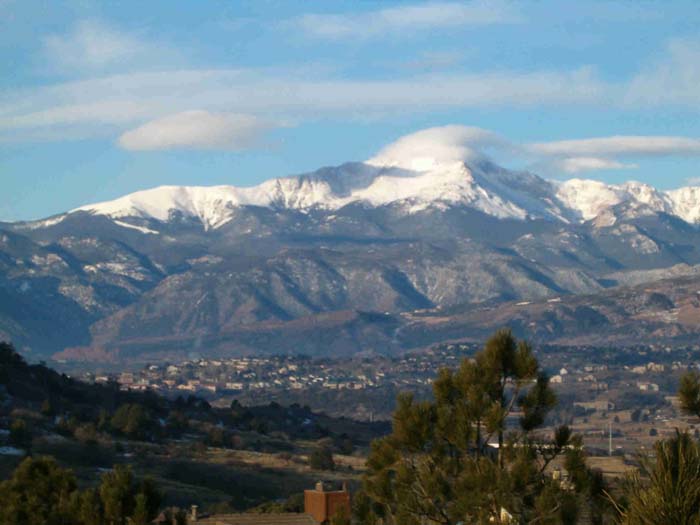Chaotic? Could it be, Creation? Nah……
 An “extensive study” of comet dust is causing evolutionary scientists to rethink how the universe began.
An “extensive study” of comet dust is causing evolutionary scientists to rethink how the universe began.
To be an evolutionist, one must conform to the idea that things are uniform. In other words, minerals have been breaking down at the same speed for all time, and things have happened in an orderly fashion for all that time as well. If there were some chaotic event that shook the universe, or a major part of it (like a flood), that would go against the theory of evolution.
Some comet dust has caused scientists to think that things have been chaotic in the “distant” past. If that is the case, then they have two choices. Either they must (1) abandon their theory, or (2) make a case for even more time, so the chaos could be explained. Guess which one they are leaning toward?
How long will this last? Christians need to stand up and shout that the evidence overwhelmingly shows that there is a God and He created the universe in six literal days.
The following is the New York Times article about this story, written by Warren Leary. It is published here in its entirety.
Comets are not all made of interstellar dust and ice, but instead may contain material shot from the heart of the solar system during its tumultuous birth, scientists reported Thursday after examining pristine particles of a comet that were brought back by the Stardust spacecraft.
The evidence suggests that comets did not form in isolation in the outer parts of the solar system as it coalesced from a swirling mass of primal material, the researchers said. Instead, they said, some of the hot material that formed planets around the Sun seems to have spewed off into distant areas and become a component of distant comets.
“Many people imagined that comets formed in total isolation from the rest of the solar system; we have shown that’s not true,” said Donald Brownlee, a University of Washington astronomer who is the lead scientist for the Stardust mission.
“As the solar system formed 4.6 billion years ago,” Dr. Brownlee said, “material moved from the innermost part to the outermost part. I think of it as the solar system partially turning itself inside out.”
The first results of Stardust, appearing in seven reports published in the Dec. 15 issue of the journal Science, were reported in San Francisco on Thursday at the fall meeting of the American Geophysical Union.
NASA launched Stardust in 1999, and the robot spacecraft met comet Wild 2 beyond the orbit of Mars in January 2004. The craft flew within 150 miles of the comet’s nucleus and trapped particles spewing from the body in a light, porous foam called aerogel. After a 2.88-billion-mile journey, Stardust returned to Earth last January with a payload of thousands of tiny particles from Wild 2.
The comet formed more than 4.5 billion years ago and had remained preserved in the frozen reaches of the outer solar system until 1974, when a close encounter with Jupiter shifted its orbit to a path between Jupiter and Mars.
More than 180 scientists from around the world examined some of the samples with specialized equipment to determine what makes up the icy, dusty comets that largely populate a vast area beyond the orbits of Pluto and Neptune.
“Comet dust seems to be a real zoo of things; we see all kinds of particles that are clearly formed at different places, possibly at different times and certainly under different conditions,” said Scott Sandford of the NASA Ames Research Center in California, who was the lead author of one of the papers.
Dr. Sandford said results of Stardust studies so far “all indicate that when the solar system was forming, there was a whole lot of mixing going on.”
Dr. Brownlee estimates that as much as 10 percent of the material in comets came from the inner solar system. “That’s a real surprise,” he said, “because the common expectation was that comets would be made of interstellar dust and ice.”
“It’s not just dust and particles,” he said. “We are working on rocks — some of them igneous rocks, formed by heating and melting. We want to know how these rocks were formed and how they became parts of comets that were formed far out on the edge of the solar system.”
Material from comet Wild 2 has mineral characteristics that appear to be different from those observed in comet Tempel 1. In that case, involving a spacecraft called Deep Impact, a probe crashed into Tempel 1’s surface in July 2005, and the properties of the resulting dust were analyzed by the spacecraft and distant telescope observations. Dr. Brownlee noted that whereas Tempel 1 had been examined from a distance, Stardust had returned actual samples for scientists to study.
“The comets may be different from each other,” he said, “or different observations could simply be a result of the different techniques used to examine them. It is a challenge for us to understand how they are different, and why.”
Michael F. A’Hearn, chief scientist for the Deep Impact mission, said it was too early to say whether there were significantly different classes of comets or whether Wild 2 and Tempel 1 reflected different stages of cometary evolution. Tempel 1 has traversed the inner solar system for hundreds of years, while Wild 2 is a new
arrival, Dr. A’Hearn said, and Stardust gathered surface material while Deep Impact blasted out part of the interior.“We need more analysis of the data we already have,” he said, “and we certainly need more comet sample missions to fully understand these bodies.”


